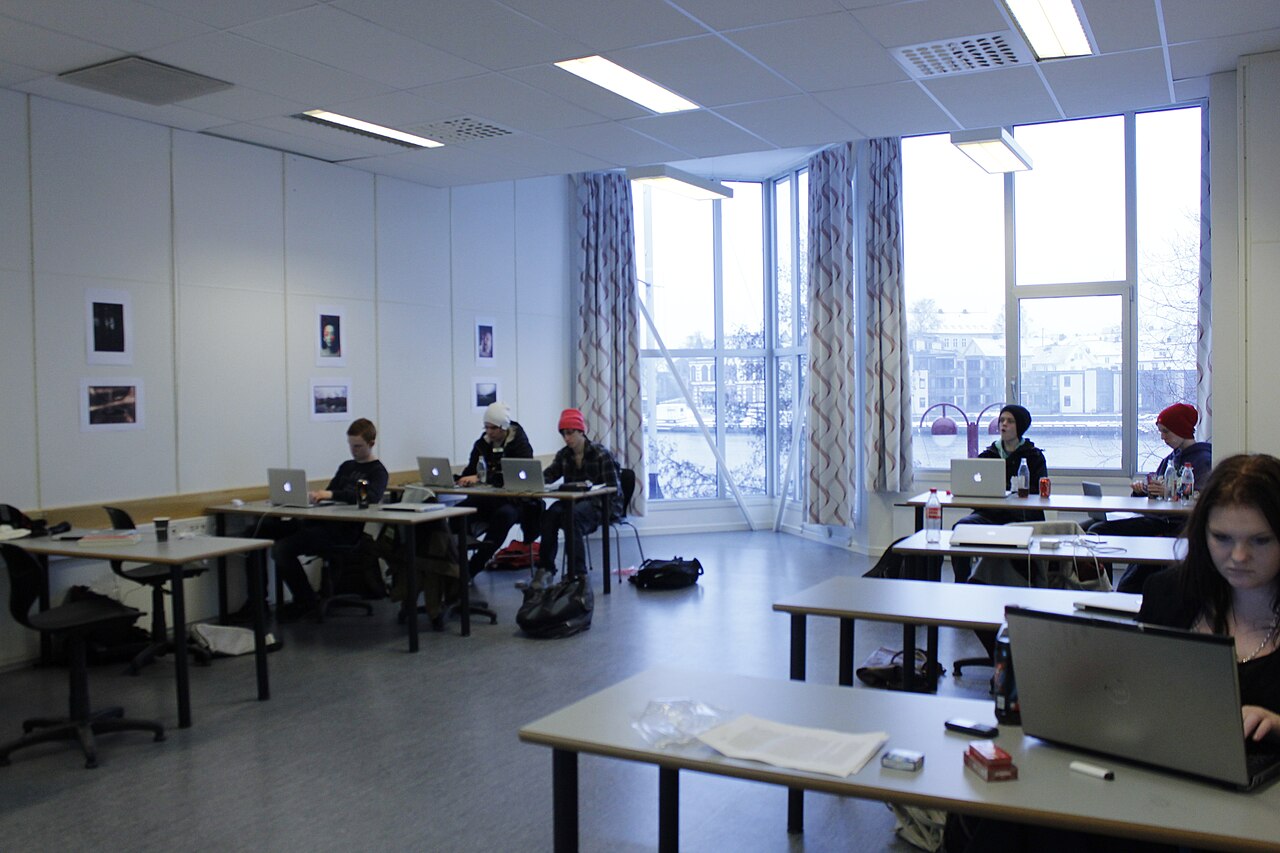UNIVERSIDAD AUTÒNOMA
DEL CARMEN
Monzòn Cancino Maria
Conchita
English Language
ICT
Rafael Ferrer Mèndez
ACTIVITY 1.14
September 30, 2015
ESSAY ABOUT WEB 2.0
Tim
Berners-Lee and Robert Cailliau web invented around 1990, during the last two
decades has been an extraordinary and amazing evolution, appearing in 2004 the
concept of Web 2.0 is the result of evolving technology.
Before the advent of Web 2.0 technologies static pages programmed in HTML
(Hyper Text Markup Language) which were not updated frequently were used. Successful.com
depended more dynamic websites (sometimes called Web 1.5) where content
management systems served dynamic HTML pages created on the fly from an updated
database.

Either
way, getting hits (visits) or visual aesthetics were considered as factors.
Theorists approach to Web 2.0 think that the use of the website is aimed at
interaction and social networks that can serve content that exploits network
effects, creating or not interactive and visual websites. That is, the Web 2.0
sites act more as meeting points or sites dependent users than as traditional
websites.
Web 2.0 is nothing more than the evolution of the
Web or Internet
in which users are
no longer passive users to become
active members, who participate and contribute to the content of the network being able
to support and be part of a
company reporting, communicating and generating
knowledge.
THE USE OF THE WEB 2.0 IN THE EDUCATION
The use of social networks in the
development of higher education, and especially what distance education is a
clear demonstration of the forms of interaction that allows it, for teachers to
establish good communication and dynamic development tutoring and the scope
proposed in the development of activities by student achievement.
Web 2.0 has been a transition from Web 1.0, which established a one-way
system between users, who only exercised the role of receptors, and Web 1.5 is
the use of dynamic pages for communication.
These pages are developed in languages
Perl, Python, PHP, etc., which are application servers in building Web pages
programming.
It is indisputable highlight the importance exercised by the Information
Technology and Communications as the appropriate means of communication and
transmission of information, either asynchronously or synchronously, for
interaction between actors (students' guardians) in Education.
Social networks play a leading role today and too important in the
development or transformation of education.
The
use of blogs or Weblogs, use of them to climb and communication equipment set
offers too many benefits in the organization of virtual communities. Also, the
use of multimedia resources such as photos, sounds, videos, etc., do you take
into account as important in the progress of regional and community actors as
they allow sharing of digital resources more easily. Obviously, they also have
disadvantages such as the massive participation of all people who want to enter
them.
This can lead to the loss of privacy in the
production of ideas and the restriction of a possible copyright violation.
No doubt, these elements help us to have better resources to qualify for
better conditions in the development of education, especially in remote communities
of large cities.
WHAT INCIDENTS HAVE IN
EDUCATION WEB 2.0?
Web 2.0 moves over the one-way system of
Web 1.0, where only users are recipients of information. Web 2.0 allows the
interaction is done with a relay system of ideas or information that can be
shared directionally by users.
The
developed technology is so simple that even novice users can upload the
information you wish to share for others to view or download. The use of
Weblogs, or blogs, which are structured forms ordered by items of dates where
users post information, enable easy use and access.
Allow the documentation of information
through messages they can do to feedback ideas. Also the use of Podcast, which
are as sound programs uploaded in MP3 format, allowing for easy download and
access to them. Although they are a little harder to use blogs also allow these
can be shared easily.
The
Videocast let you set video formats easily created by users so they can be
uploaded and shared by users. Using Wikis, which are places where users allow you to place content or articles. In addition, you can
correct and easily edit them so that it can be shared with other user
communities.
Perhaps
the concept of Virtual Education is part of the context that this is, to reach
the most remote villages, where the limiting existence of schools, teachers and
resources for the development of it is.
It
should be understood that students use self-study as a means of knowledge and
training. The use of digital resources, colleagues, and the same means provided
by society, are an example of how a student can learn through what is called
"Self Learning".
This
is the teaching method used today by most universities to reach market
penetration students in distant geographic locations. This methodology has relegated
teachers to the role of guardians, as mediators in the teaching-learning
process. The traditional model in which the teacher was the one who imparted
knowledge is no longer a dogma for education.
With the advent of the Internet, these
processes have been disconnected and the teacher just happens to be a mediator
in the process of student learning.
Carlos Cano Fernández. Definición de Web
2.0 y su evolución hacia web 3.0
HERRERA,
Francisco, 2006, ¿Se aprende con la
Web 2.0?
TOBÓN, Sergio, 2007, Formación Basada en Competencias. Ecoe Ediciones. Bogotá.
Web 2.0 ¿Reconfiguración Tecnológica o Social? (2009, 15
de agosto).

